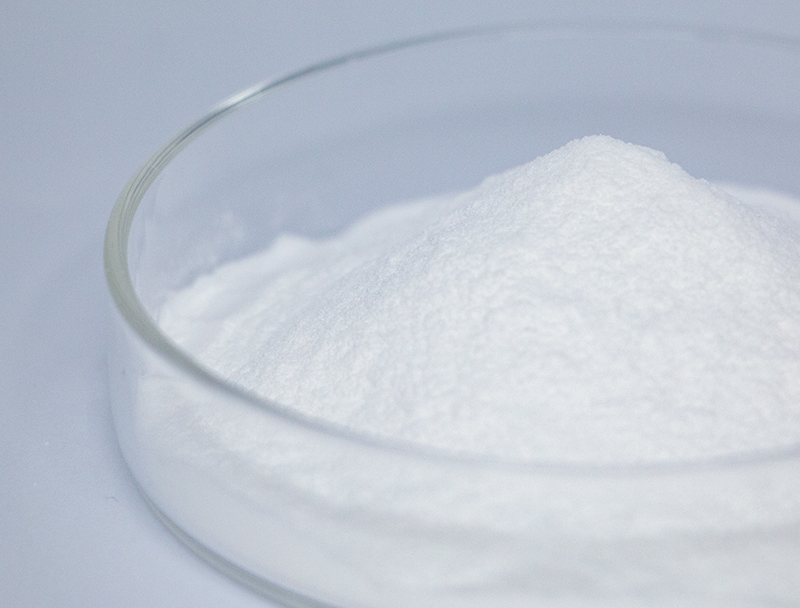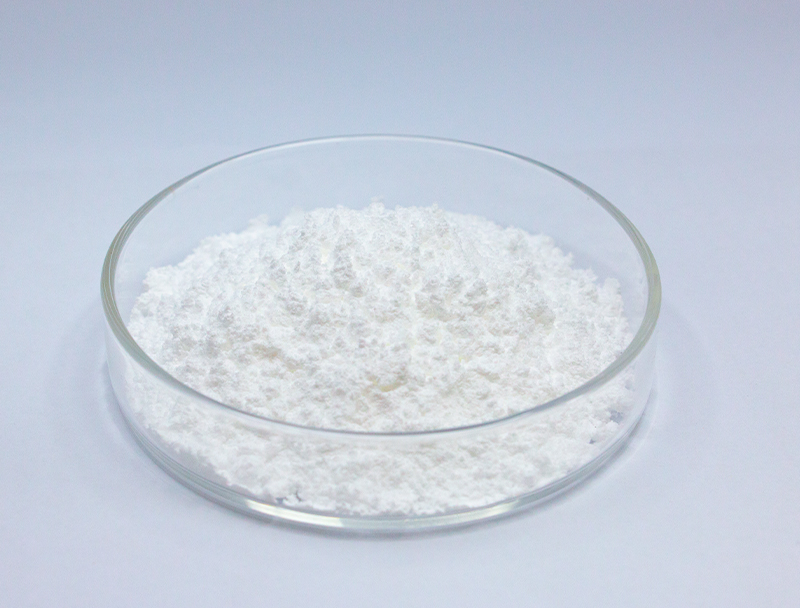
Modern biofabrication is grounded in a plentiful suite of substrates to supply inventive bioproducts.
Securing environmentally mindful sourcing is critical to longevity and principled development in the sector.
multiple challenges associated with traditional raw material procurement like ecosystem disruption and unsustainable harvesting. Thus, organizations must explore circular sourcing options to lessen environmental harm.
- Representations of ethical supply approaches are:
- Adopting organic-origin materials from crop remnants
- Adopting looped production models to decrease loss and amplify reuse
- Partnering with local suppliers committed to ethical sourcing practices
Moving toward responsible sourcing creates ecological improvements and economic resilience.
Enhancing Biomass Composition for Superior Biofuel Results
Raising biofuel yields involves refining feedstock structure and content. Technologists actively pursue refinements to increase feedstock efficiency, achieving increased output and long-term energy sustainability. Approaches include genomic enhancements to boost biomass growth and processing methods to convert complex lignocellulose into fermentable sugars.
- Likewise, initiatives explore candidates such as algal biomass, process wastes, and agricultural leftovers to extend sustainable feedstock availability for fuels.
- Owing to ongoing work the biofuel domain is primed to reach substantial milestones advancing renewable energy adoption.

Optimizing Early-Stage Biomanufacturing Processes
represents the initial stages of biopharmaceutical manufacturing, encompassing all steps from cell culture and cell harvesting Contemporary breakthroughs have refined protocols and elevated product throughput.
Key advancements include the utilization of novel cell lines, optimized culture media formulations, and intelligent bioreactor designs. Such breakthroughs boost efficiency and simultaneously reduce manufacturing costs and carbon burdens.
- Similarly, continuous process trends grant superior flexibility and refined control across production stages.
- This shift towards more sophisticated biopharmaceutical manufacturing methods promises to revolutionize the industry and pave the way for faster development of novel therapeutics.
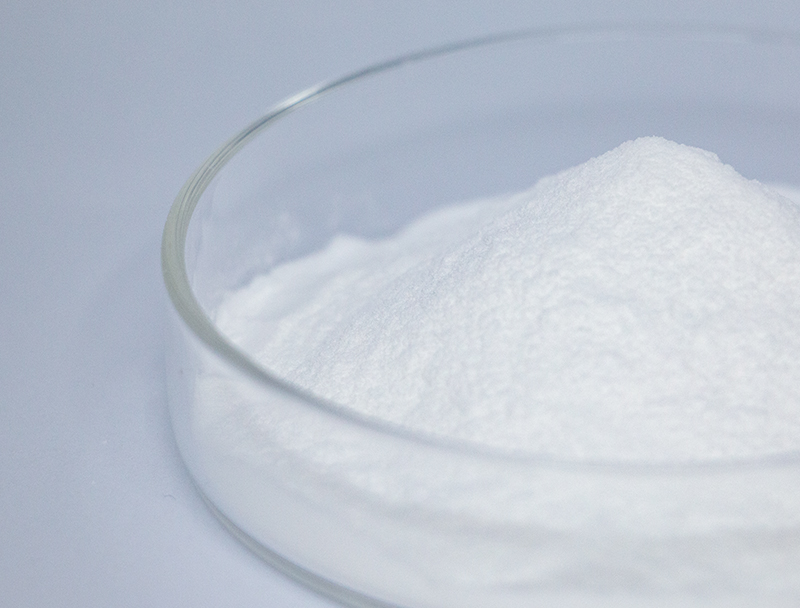
Next-Gen Gene Editing for Enhanced Protein Expression
advances in genomic editing tools including CRISPR have transformed therapeutic manufacturing. Using precise gene interventions, engineers raise the output of key therapeutic proteins. The approach may facilitate scalable, low-cost therapeutic production for numerous diseases.
Microbial Approaches to Effective Bioremediation
advanced microbe-driven remediation methods to treat contaminated sites sustainably. Specialized microbes can enzymatically degrade pollutants to reduced-toxicity products.. Harnessing microbe-based degradation fosters cleanup tactics that minimize environmental disruption and residual waste.. Study groups probe microbial metabolic diversity to tackle metals, persistent pesticides, and hydrocarbon spills.. They can be integrated into bioreactor platforms or introduced in the field to stimulate microbial breakdown of hazardous compounds..
Employing microbial strategies for remediation provides multiple benefits versus traditional techniques. This route is often more affordable and reduces the formation of toxic residues. Additionally, microbial tactics can target contaminants selectively while preserving surrounding ecological systems. Ongoing innovation aims to boost the throughput and efficacy of microbe-driven remediation approaches.
Bioinformatics Tools Transforming Drug R&D
Computational tools have grown indispensable in the current drug discovery landscape. By screening targets and refining candidate molecules, informatics drives faster, evidence-based development.
- Using extensive genomic, proteomic, and patient data, analysts discover targets and anticipate therapeutic performance.
- In addition, predictive simulations inform medicinal chemistry efforts to craft more efficacious drugs.
- In summary, bioinformatics overhauls pharmaceutical R&D and quickens the path to safe therapeutics for patients.
Optimizing Metabolism to Increase Bioproduct Production
employs a variety of strategies to augment the synthesis of valuable bioproducts within microorganisms. Tactics can encompass genetic engineering to reconfigure metabolism, promoter modulation to adjust expression, and pathway insertion to enable new reactions.. By fine-tuning these processes, engineers can significantly increase the yield of desired bioproducts.
This combined approach has capacity to change industries from drug manufacture to food production and bioenergy.

Scaling Biopharma: Difficulties and Strategic Opportunities
Scaling up biopharmaceutical production presents both significant challenges and exciting opportunities. Sustaining uniform quality across expanded production capacity is a principal challenge. Solving it involves resilient control frameworks, high-resolution monitoring, and modern analytical tools.
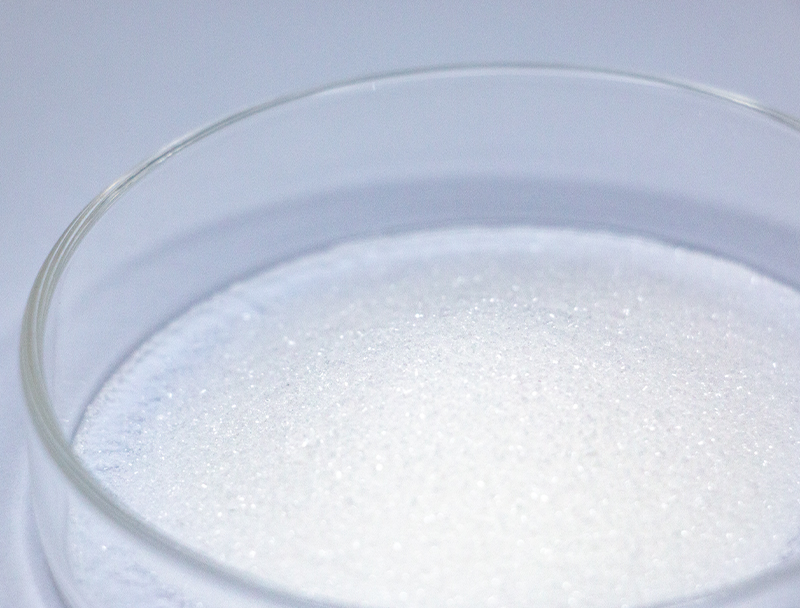
A further difficulty lies in process complexity, with many interdependent production phases.. Adapting protocols for industrial scale requires considerable development work and engineering advances.. However, the potential rewards are substantial. Skilled scaling can enlarge supply, lower prices, and increase profit potential.
Several projects are designed to mitigate these scaling barriers. Initiatives involve optimization platforms, high-resolution analytics for process control, and novel manufacturing frameworks.
- Ongoing innovation drives improvements in industrial production capability.
- Oversight institutions are updating guidelines to ease approval of manufacturing advances and catalyze innovation.
Aligning Biomanufacturing with Regulatory Standards for Patient Safety
Advancing biopharmaceuticals involves heavy regulatory scrutiny to secure product safety and proven efficacy. Biologically based treatments require tailored oversight and production controls beyond those for typical medicines.
Regulatory authorities including FDA and EMA are central to creating criteria and processes for approving innovative biologics..
Thorough testing frameworks are compulsory during all stages of development including after market release.. The measures work to spot potential hazards and validate that therapies reach demanding safety levels..
Likewise, authorities progressively modify regulatory tactics to follow the speed of innovation in biopharma.. Strategies include welcoming technological advances and simplifying development while prioritizing patient safety.
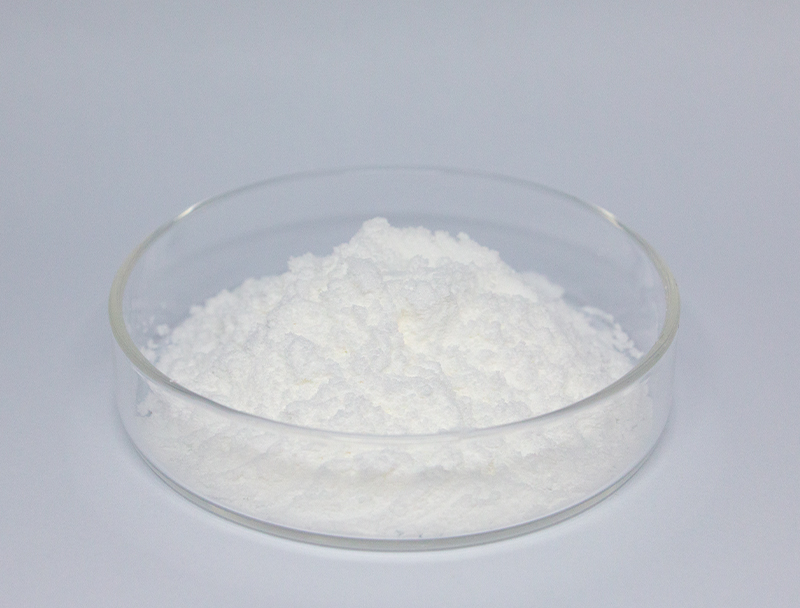
Evaluating Plant Biomass for Bioplastic Production
A stronger push for environmentally responsible materials is driving research into renewable options. Bioplastics derived from plant biomass provide a viable route to more sustainable plastic alternatives. Plant inputs like corn-derived starch, cellulose derivatives, and sugarcane can be turned into degradable plastics that lessen environmental burdens.
Moreover, bioplastics can mirror key properties of fossil-derived plastics and fit diverse application needs.. Continuous R&D will drive plant biomass into scalable bioplastic manufacture and help establish closed-loop material systems.
Biotech's Role in Improving Global Health and Agricultural Resilience
Biotechnology equips researchers with methods to tackle health crises and bolster food availability. Using genome engineering, synthetic biology techniques, and cell-based treatments, innovators devise ways to tackle pathogens, amplify yields, and improve nutrition.. A concrete example includes modified crops engineered for pest and stress tolerance that yield more while decreasing pesticide needs. Also, biotechnological innovation fuels development of immunizations, antimicrobial treatments, and diagnostic platforms vital for disease control and population NMN health.. Continued scientific progress suggests biotechnology will increasingly underpin healthier, more sustainable societies worldwide.
